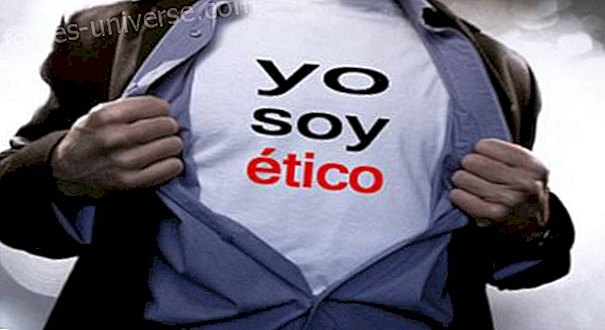
Extreme ideation is one of the most common poisons or obstacles when practicing Dream Yoga and actually any other contemplative practice as well.
In the case of Meditation, the extreme ideation is presented at the moment in which we wish to concentrate and in our mind a lot of thoughts appear, something like in effect bombardment ... one after another until we feel that there is no space between them.

prey to our sensory stimuli ...
This obstacle appears most of the times when we stay a long time in agitated or saturated environments of sensory stimuli, for example, people who work in the areas of Public Relations, Sales or Customer Service tend, due to the nature of their work, to stay most of the time with a lot of ideas or concerns that do not allow them to concentrate.
In the same way when in our interpersonal relationships all we do is gossip we generate a scattered mind that wanders from one thought to another without the possibility of observing any particular event or situation attentively.

In the case of the Yoga of the dream the extreme ideation arises when we deceive ourselves not in a lucid way in the narratives of the dreams that we experience, it may be that we are too pleasant or lived to the level that we do not control or consciously notice that they are only projections of our mind.
learn to dream like a dream… ..
If we remember that the objective of the practice is "Learning to Dream as a Dream", we will understand how it is that letting ourselves be carried away by its contents moves us away from the lucidity necessary to reach said goal.
Sometimes in the narrative of dreams we go from one place to another ... if we do it in a lucid way we will be manipulating and observing it in a conscious way ... we will see them pass as if they were showing us a movie ... we just observe them and we do not get involved .
On the contrary, if in the first dream, so to speak, we recognize someone familiar and unconsciously decide to enjoy the narrative ... the result will be the loss of lucidity until sometimes waking up as a result of the agitation of the moment.

As everything has no intrinsic identity and obstacles are no exception.
small blue dial ...
In meditation we usually use the visualization of a small blue sphere or the HUM syllable at the level of the navel that diverts our attention and allows us to settle the mind.
In the same way, the exhalation process can be attended, obtaining as a result that the thoughts settle.
In the Yoga of Sleep the first requirement is to remain lucid because only then can we realize this poison. At the moment of perceiving that we lose control over the dream experience, the first thing is to remember that it is only a dream, not to attribute objective reality, the following is to imagine a red sphere at the throat that is the place where the dream activity is encouraged and wait for the clarity of the narrative to be sustained.
anchor to the dream images ..
Another antidote is to imagine that we put tacks, so to speak, to the images of the dream that allow us to sustain the coherence of it, without losing clarity or awakening the result of mental arousal. They produce us.
Another antidote is to turn on our own axis within the dream experience to refresh attention and anchor lucidity.

Like everything, it is important to note that if we get up the next day and do not remember any dreams, it means that we were possibly prisoners of extreme ideation and lacked the result of lucidity.
not daydreaming ...
It is important to highlight that sometimes in the waking state we can by habit "dream awake", this is not of great help especially if we realize that it encourages or generates the habit of living with a restless mind without tranquility and clarity.
The recommendation as always is to approach a qualified teacher to help us interpret what we are experienced and correct it in a timely manner.
Like any contemplative practice, there is a risk of not improving and if we strengthen our personal identity that is the root of our problems and sufferings on a daily basis ... this is contrary to what the genuine Dharma practice intends to teach. So is.

AUTHOR: Pilar Vázquez, collaborator of the great family of the White Brotherhood






